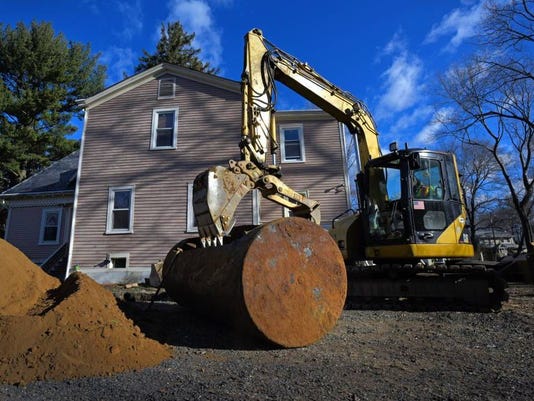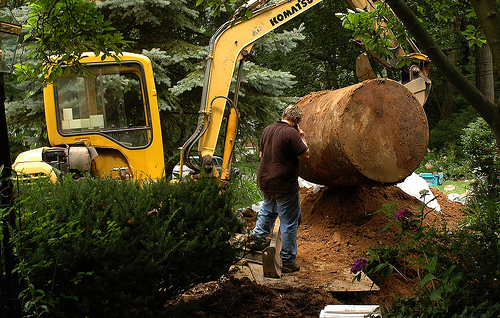
Congratulations, you just hit the jackpot if you’re concerned about that annoying oil leak and are wondering how to get rid of it.
For this, you will need a certified company to help you with this quest you wish to undertake. Meanwhile, I’ll give you a run-through of everything. Without wasting any more time, let’s get right into this.
What an underground storage tank is
Before getting into knowing the guide on underground oil tank removal, I feel it’s in your best interest to know what exactly an underground storage tank is.
So, an underground storage tank is also known as UST, and is a big container that’s been built underground to hold a large amount of either gas or liquid.
These were very common in the past in residentials and properties for commercial use, specifically in the era of 1930s and the late 1980s, where they were made of bare steel and used to keep oil used for fuel or just for heating purposes.
How UST have changed through the years
The underground storage tanks have managed to change throughout the years, and also make a great impact. A brief history of USTs is necessary as you get to find out the different stages where people decide it’s a good idea to get rid of them.
- The 1930s
Note that before this year, the preferred method was using aboveground tanks for storage. However, after industrialization took place, things took a turn making underground storage preferable. This was because it increased public safety, plus the space left could be used for other purposes.
- The 1960s
Frustrations begin to be shown by tank owners as increased loss continues due to corrosion of the tank. A solution was provided, where 3 options were given, being:
- Replacing the tanks each time corrosion takes place.
- Have an upgrade to newer technologies.
- Have the tank closed down.
- The 1970s
People realize the environmental damage the tank causes.
- The 1990s
Various people go on in closing and removing the tanks due to the health risks associated with the same.
I’m not saying that you should go with the flow, but you should seriously remove that underground oil tank you have. Here’s why:
Why you should be concerned about your oil tank

Despite being an environmental hazard, oil tanks also have a huge impact on health, as it will put you and your loved ones at risk.
Some of the risks that you might experience is:
- You’ll have water that’s contaminated
Water is an important aspect in our lives and when little oil leaks manage to make its way to the water system, health damage is not only caused to us but also to our lovely pets.
- You might have indoor pollution of the air
The oil smells really bad, and when there’s an oil leak, gas might escape into your vents causing air pollution inside your residence. This is hazardous as you will be breathing in fumes that might have a long term effect if taken in continuously.
- It contaminates the soil
This causes a health risk if you have a garden that you pick your fruits or vegetables from. When Plant grows, it’ll take in nutrients from the soil and in cases where there’s poison in the soil then the plant will either wilt or if it survives, will have streaks of poison in it.
What causes an oil leak
The prominent cause will be the material that was used in making the tank. This determines the rate at which corrosion takes place.
Other causes include:
- Failure to check on your tank regularly and basically just looking at the overall maintenance.
- Accidentally severed lines.
- When the tank is overfilled.
- When the tank starts to decay.
Those are just a few examples of the possible causes. Anyway, here are some of the signs of a leaking tank.
Signs of a leaking tank
Before coming to a conclusion, you should be observant of your surroundings. Some of the telltale signs to look out for are:
- Dead or wilting plants around your tank.
- If there’s an odor in your house or one that’s coming from the ground.
- Check the soil. There’s a leak if the soil near the tank is darker than the rest of the soils found within.
- If there’s a strange taste, smell or color in your well water.
If you’re able to notice one of these things then you already know what the problem is.
Conclusion
It is important to look out for our lovely environment at all times, and doing things that’ll help in saving the earth, regardless of how small it is will make a huge impact in the long run, and that’s awesome.